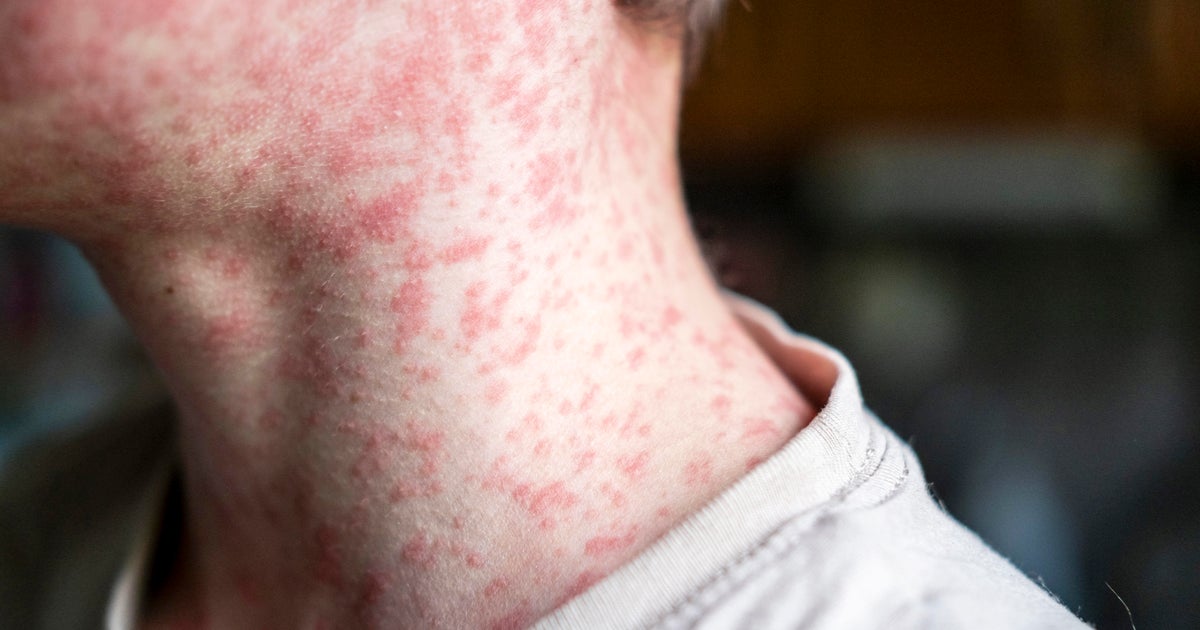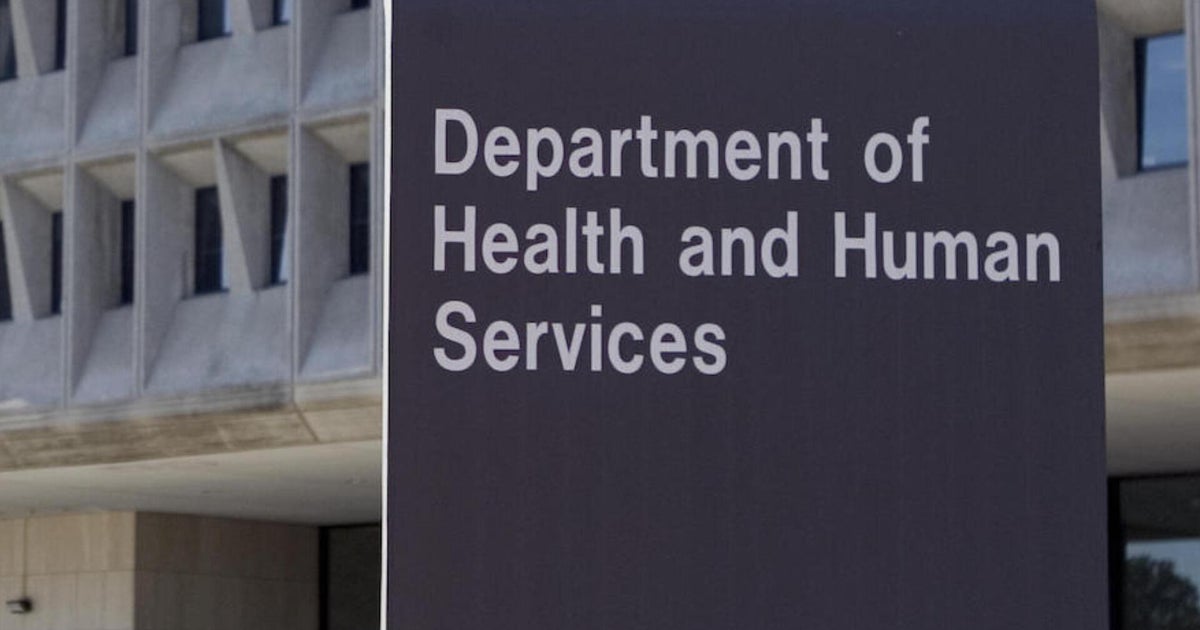California health officials release guidelines on cellphone radiation
California health officials have a new safety message for cellphone users. CBS San Francisco reports that for the first time ever, the California Department of Public Health is releasing guidelines about cellphone radiation and how you can reduce your exposure.
"We recognize that there are a lot of people in the general public that have some concerns about their cellphones and whether using a cellphone is safe," said Dr. Karen Smith of the California Department of Public Health.
"When you sleep, you keep the cellphone at least arm's length away from your body. And also, not carrying your cellphone in your pocket, having it either in your purse or not carrying it with you," Smith advised.
According to CBS Sacramento, the guidelines also recommend:
- Reducing cellphone use when the signal is weak.
- Reducing the use of cellphones to stream audio or video, or to download or upload large files.
- Keeping the phone away from the bed at night.
- Removing headsets when not on a call.
Although conclusive medical research is lacking, some studies suggest a possible connection between cellphone use and the risk of brain tumors, low sperm count, headaches, and impaired memory, hearing, and sleep. California officials cite concerns that "long-term high use may impact human health."
In 2011, the World Health Organization's International Agency for Research on Cancer classified radiofrequency (RF) radiation like that emitted by cellphones as "possibly carcinogenic to humans."
Last year, the U.S. National Toxicology Program released partial results from an animal study finding that radiofrequency radiation was linked to a higher risk of two cancers in male rats. The American Cancer Society commented, "Importantly, the study found a 'dose/response' effect: the higher the dose, the larger the effect, a key sign that this association may be real."
Dr. Joel Moskowitz of UC Berkeley told CBS San Francisco, "Currently we're not doing a good job in regulating radiation from these devices. In fact, we're doing an abysmal job."
Moskowitz is partially responsible for bringing this information to light. He sued the California Department of Public Health for refusing to release information about the dangers of cellphone radiation back in 2009. This spring he won that case.
"People are being injured and harmed by the delay in having this information accessible to them," Moskowitz said.
So does the release of the new guidelines mean that the state believes cellphones are dangerous?
"Not at all," said Smith. "Our position is that the science is evolving."
The state said one of the main reasons they've decided to release these guidelines now is that there are new numbers out showing that cellphone use is higher than ever, with 95 percent of Americans using them on a regular basis.
The Cellular Telecommunications and Internet Association released the following statement:
"Americans' health is important to CTIA and the wireless industry, and we encourage consumers to consult the experts. According to the U.S. Food and Drug Administration, the Federal Communications Commission, the World Health Organization, the American Cancer Society and numerous other international and U.S. organizations and health experts, the scientific evidence shows no known health risk due to the RF energy emitted by cellphones. As the FDA states on its website, '[t]he weight of scientific evidence has not linked cellphones with any health problems.' Likewise, the FCC monitors scientific research on a regular basis, and its standard for RF exposure is based on recommended guidelines adopted by U.S. and international standard-setting bodies. That's why the FCC has determined that all wireless phones legally sold in the United States are 'safe.'"



